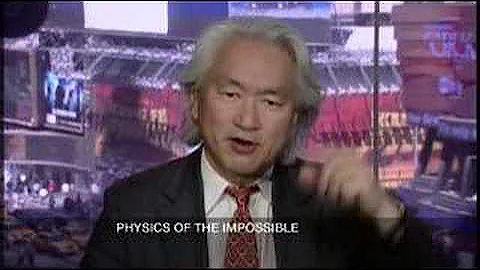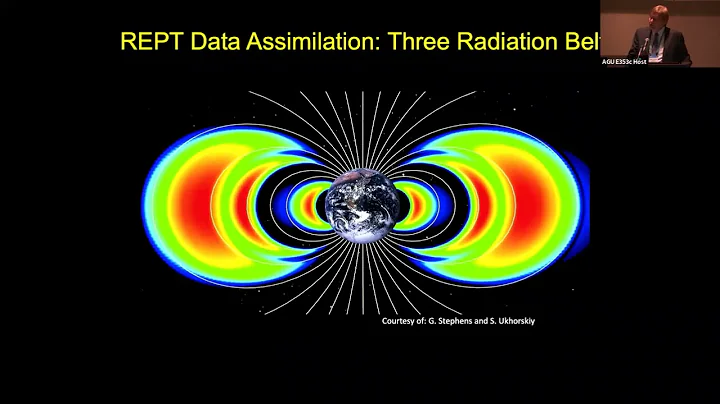
"The occurrence of impossible things promotes the progress of science; and the progress of science makes impossible things happen.
displays a plant specimen at the National Museum of Japan. Its unique feature is that it grows from flowers to From the stem to the leaves, they are all white, and sunlight can easily penetrate the leaves, just like feathers.
The label indicates: Winter Solstice Grass.
01 Originated from
Kazuo Iwai of the Asahikawa Zoological and Botanical Museum, who majored in morphological classification, but has never been a student. Having seen such a specimen, I considered whether to report the existence of this plant to an English magazine, so I asked experts to analyze its genetics.
The specimen was sent for research and it was found that the collected film samples were always exposed to light, and where exactly the specimen was. Contaminated by radioactive rays?
The research institute does not intend to hold anyone responsible, but just wants to find out: a plant is actually mixed with human genetics, and it is also contaminated with uranium.

02 found that the radius of the winter solstice grass
is an orphan. When he grew up, he moved to Hirafu, which is located in a mountainous plateau area and is an extremely cold place. This is where the winter solstice grass was discovered.
Hanjing was delighted when he discovered this plant at first. He had never seen it before. The leaves of this plant are like feathers, and it looks like it is about to fly. Banjing wanted to take the plant back, but he found that such a small grass has a very developed root system.
The local old man told Banjing that the juice of this grass was applied on the lump. , can reduce inflammation. This kind of grass flourished for a while 20 or 30 years ago, but it is now rare.

03 Hanjing
, who is obsessed with winter solstice grass, continued to search for the radius of winter solstice grass and found that it was growing everywhere around the cemetery. It was even more lush than other places, and the white leaves were more pure.
So did this grass use the corpses of the dead as nutrients? In order to confirm his conjecture, Hanjing tried to dig several winter solstice grasses at the end of the root system. He found thin roots wrapped around white bones, and three of them had flowers, which confirmed his idea.
Due to his love and madness for plants, Hanjing even dripped blood on the winter solstice grass morning and night, and finally brought home some grass.
Hanjing wrote his discovery into a paper and submitted it. The paper was rejected due to his unknown reputation, so his teacher Ishikawa thought it was a pity that such a big discovery was buried, so he changed the title of the paper. Submitted his own name, and the paper was published soon.
However, Hanjing expressed strong dissatisfaction. There was no doubt at the time that a college student wrote a paper with the name of a professor as the first author.
Hanjing died suddenly not long after. His teacher Ishikawa took the white flowers from Hanjing Cemetery back and made them into specimens.

is written at the end:
The winter solstice flower has received blood from humans, so the author Tatsumasa Ishiguro also called it "blood-eating grass". How did Banjiu die? Why do winter solstice flowers contain radioactive substances? Interested friends can read it.





















